Barring IDPs: Nationalists move to Ghotki, Kandhkot to ‘protect’ motherland from ‘outsiders’
Sindh Bachayo movement launched to protest arrival of IDPs from Waziristan.
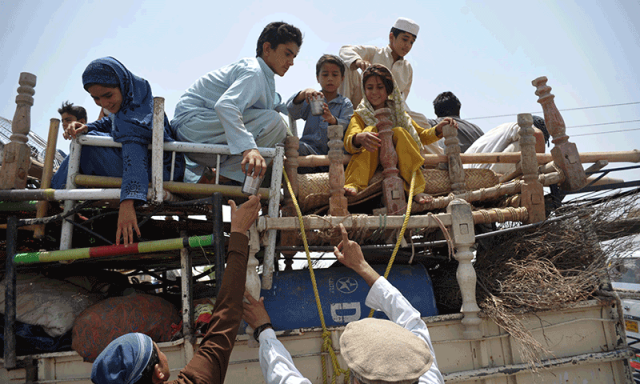
Hundreds of residents belonging to the North Waziristan Agency (NWA) have been rendered homeless in the wake of the ongoing Zarb-e-Azb operation against militants. It has been reported that these displaced people are on a lookout for resettlement and are moving to different places in the country, in particular Sindh.
However, Sindhi nationalist parties are unhappy with their motherland being flooded by, what they called, ‘outsiders’. The ‘Sindh Bachayo’ movement was launched to protest this inflow.
Nationalist parties, including the Sindh United Party (SUP), the Jeay Sindh Qaumi Mahaz (JSQM) and others have gathered under the banner of the movement. Earlier, they had blocked the highways connecting Sindh and Punjab to bar the IDPs from entering Sindh. In the first phase of the protest, the protesters blocked National Highway at Dera Morr Kashmore and Ubauro Toll Plaza on Wednesday morning. The blockade continued till Thursday morning.
Entering the second phase, hundreds of nationalist parties’ workers led by JSQM senior vice-president Dr Niaz Kalani and SUP leader Jalal Mehmood Shah staged sit-ins at the Ghotki bypass and the Kandhkot bypass, simultaneously.
However, the protesters showed a little leniency in the second phase. A slight change in strategy saw the activists barring only buses, coaches and trucks carrying the IDPs, while all the other vehicles were allowed to pass through. Kalani told The Express Tribune that their target is to stop only the IDPs from entering Sindh.
Background
Soon after evacuation started from the NWA, the Sindh government refused to allow the IDPs to enter Sindh. However, it later announced to establish camps at the bordering areas of Sindh and Punjab with all facilities. Although the camps were not set up, police posts were established at the bordering areas where IDPs were being checked and, after thorough verification, they were allowed to enter Sindh.
Published in The Express Tribune, July 11th, 2014.




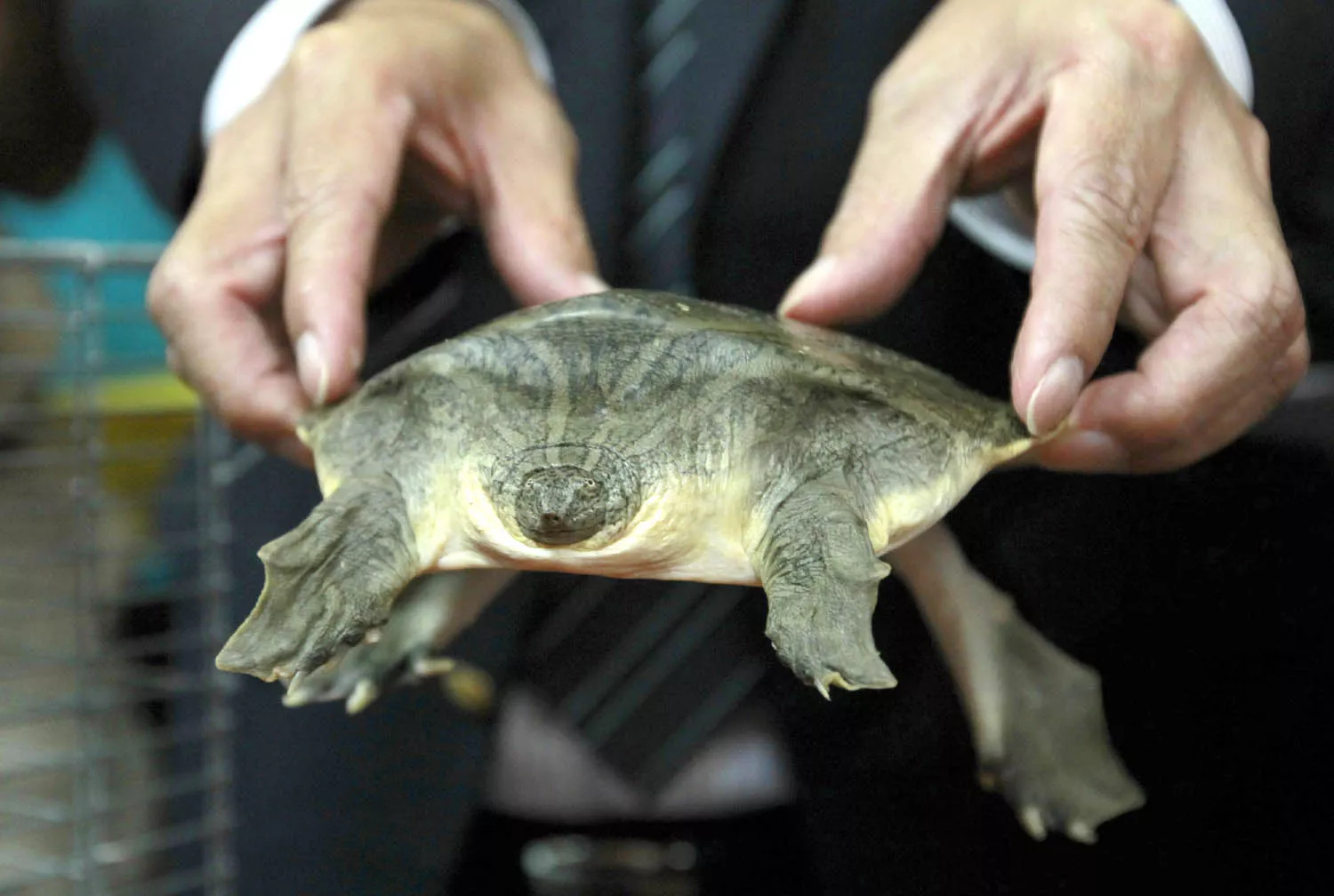
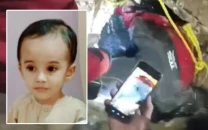


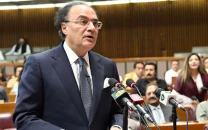
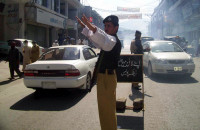
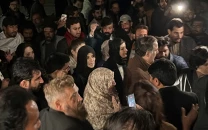

1729471601-0/image-(8)1729471601-0-208x130.webp)






COMMENTS
Comments are moderated and generally will be posted if they are on-topic and not abusive.
For more information, please see our Comments FAQ